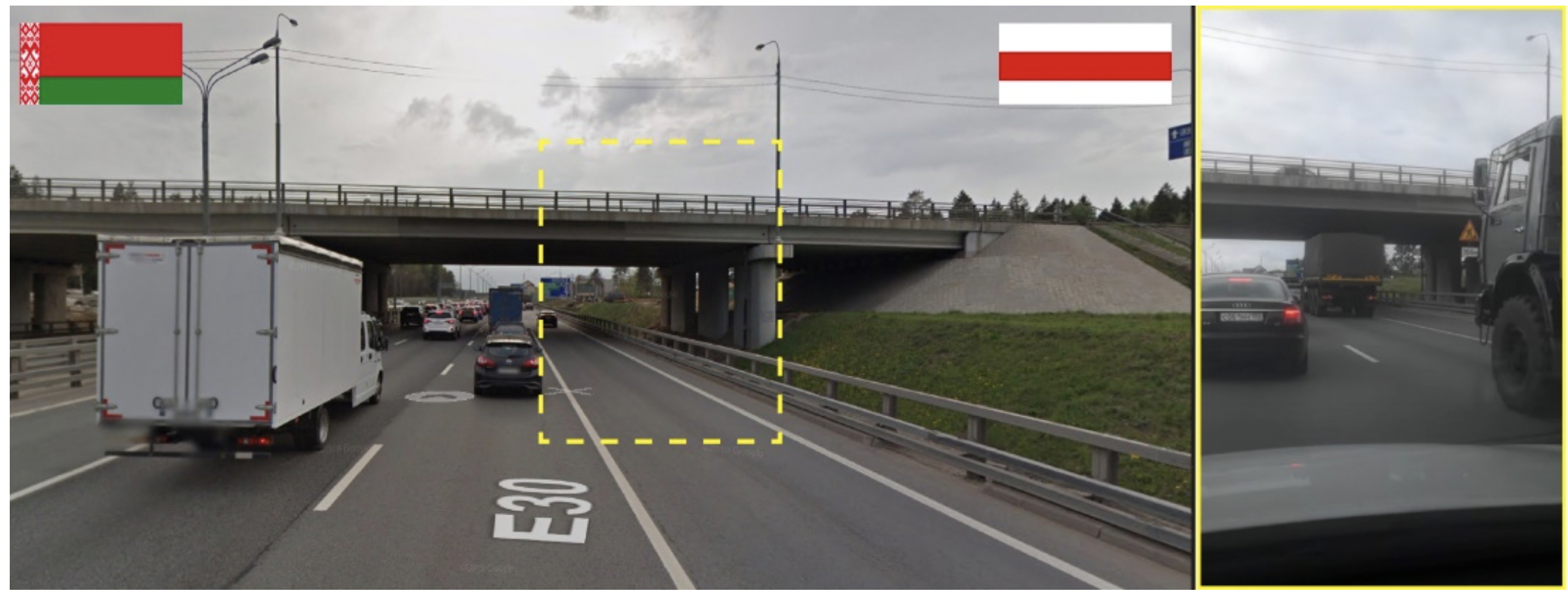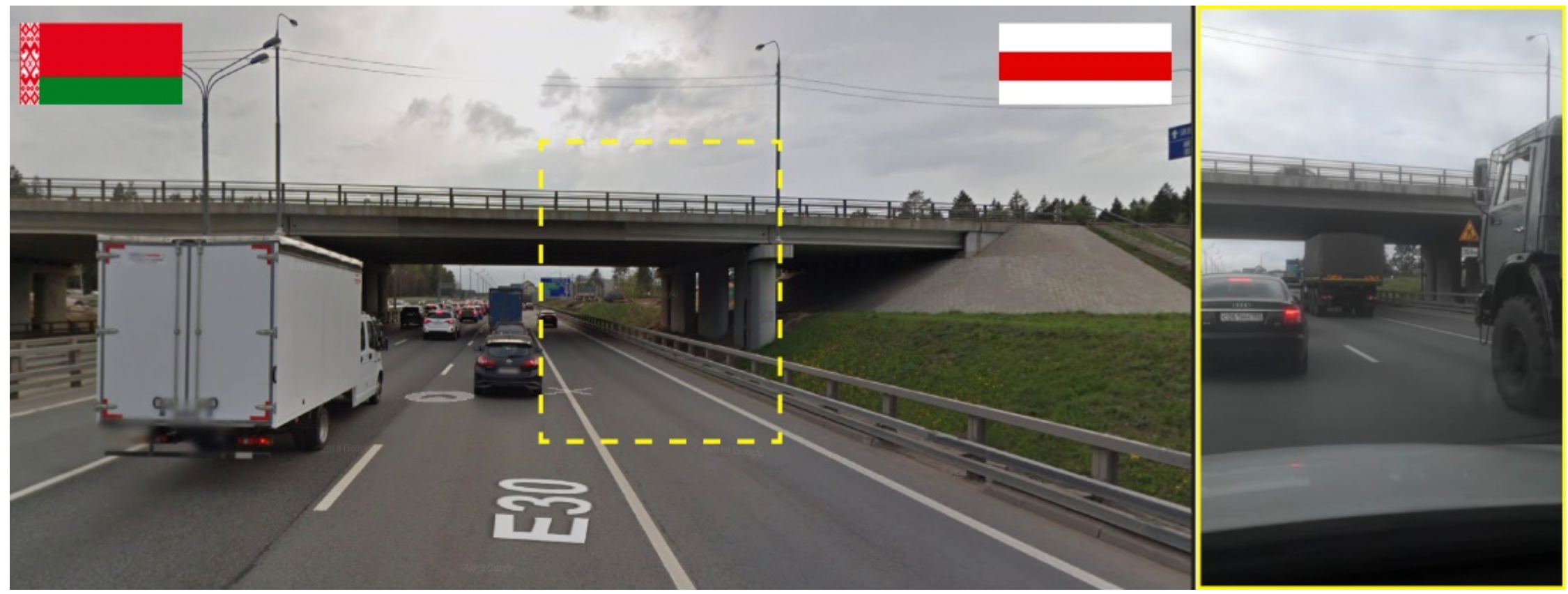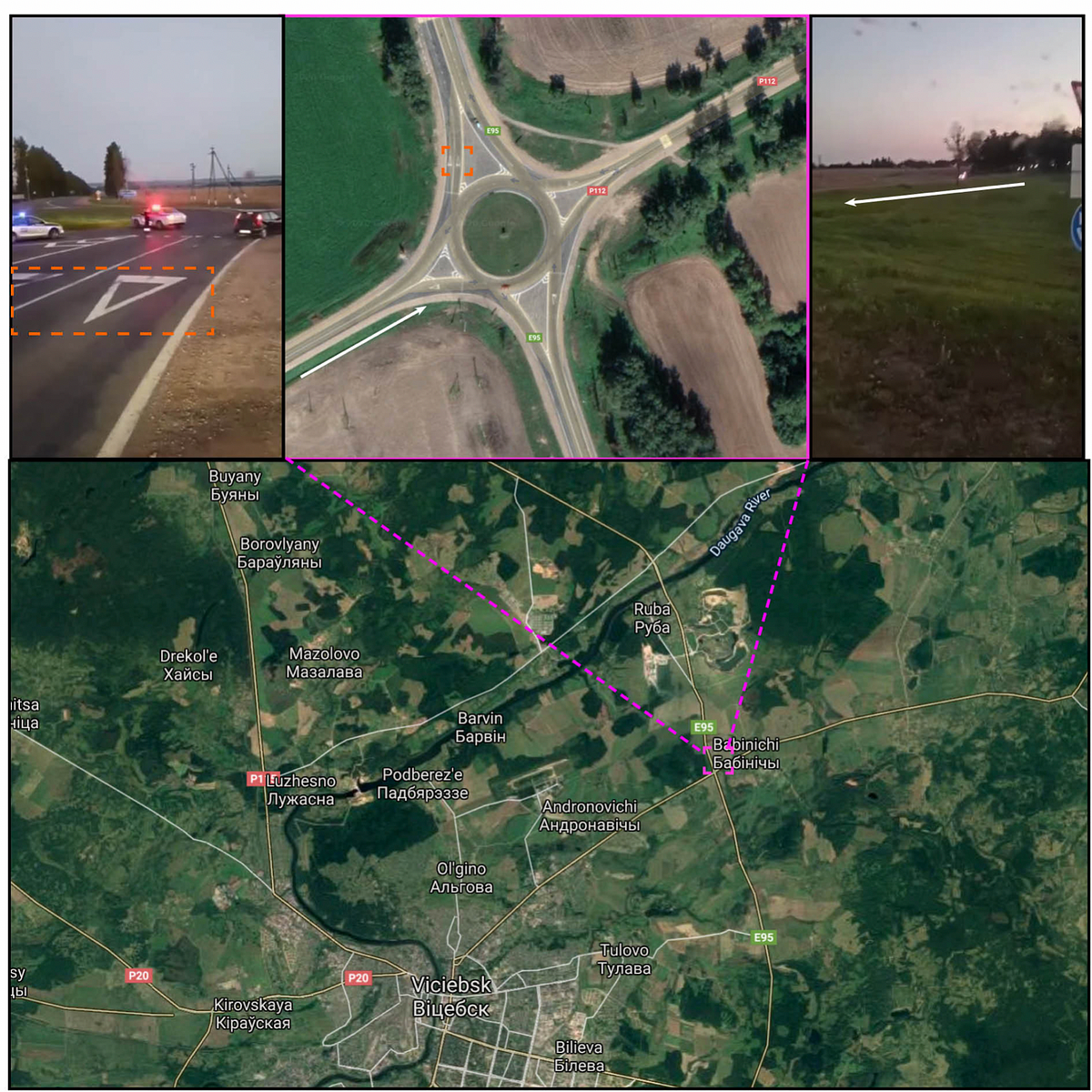Tracking military movements inside and outside Belarus
Columns of military equipment have been
Tracking military movements inside and outside Belarus

Columns of military equipment have been recorded as Belarus witnesses peaceful protests throughout the country

As Belarusian protests continue across the country, videos have surfaced showing Belarusian troops moving towards Lithuania and Poland. The Belarusian military’s movements towards the two NATO member states are a possible response to NATO exercises taking place in the Baltic countries and Poland. Meanwhile, additional footage captured Russian soldiers in the region of Smolensk moving towards Russia’s border with Belarus.
While a number of videos on social media depict alleged movement of various military equipment, not all of them can be verified or geolocated with certainty. In order to have a better understanding of these events, the DFRLab has begun to verify and check these videos for potential military movement.
Belarusian troop movements
On August 16, 2020, the Belarusian government announced that it was launching a large-scale exercise along the borders of NATO member states Lithuania and Poland. According to the official statement, the exercises would take place in training areas around Gozha and Neman, though some reports suggested they might take place in the training grounds next to Grodno, Lida or Astravec. Russian media outlets were quick to jump on the story, portraying Belarus as a victim of NATO aggression, and that Belarus was responding to a NATO military build-up on its borders, while also claiming the U.S. had an interest in weakening Belarus with the help of Poland and Lithuania.
Actual open source evidence of these trainings is scarce and hard to verify. One of the most shared images appeared on August 17, showing a column of military vehicles, including the Polonez, a Belarusian 300 mm multiple launch rocket system (MLRS). According to the post, the image was taken in the district of Lida, close to the border of Lithuania.
https://twitter.com/M3t4_tr0n/status/1295350548447875073/photo/1
A possible location for the photo is on the road close to the training grounds in Lida, yet a complete match could not be achieved due to lack of details in the photos.
Another video appeared on August 17, capturing a column of what appear to be Belarusian armored personnel carriers, judging from the painted camouflage colors.
https://www.facebook.com/youbzik/posts/10216632797188036
Commentators responding to the video suggested that it was taken in the vicinity of Vitebsk. Geolocation confirmed these claims and revealed that the column was filmed a few kilometers west of Vitebsk. These troops were most likely paratroopers in the way from Vitebsk to Grodno, as Lukashenko announced on the same day that the border with NATO would be reinforced by additional troops from Vitebsk.

Another video of a large military column also surfaced on August 17. The actual location of the video is not precisely known, but judging from the signs and road markings it was likely taken on the M6 road in the vicinity of the town of Schuchyn.
https://twitter.com/galandecZP/status/1295384947570638849
Russian troop movements
The protests happening in Belarus have not been taken lightly by the Kremlin. As early as August 16, Russian President Vladimir Putin offered President Lukashenka military assistance if he could not guarantee stability in the country. This was revealed by Lukashenka himself, as he said that Russia would be able to “provide comprehensive assistance to ensure the security of Belarus in the event of external military threats at the first request.”
Videos taken by civilians of long formations of military vehicles moving towards the direction of Belarus started appearing on the same day. Most of the available videos have likely captured the same formation on the move, yet on the different parts of the road. It is challenging to verify whether or not it was the same military column, however, as all numbers and markings were removed from the vehicles.
The first geolocated video was published on August 16 and revealed that troops were in the suburbs of Moscow. The author of the video noted that the vehicles were filled with troops and equipment and were moving in the direction of Minsk.
A reverse-image search suggested that the video was likely taken recently, as it had not been previously posted online . The DFRLab geolocated the footage using the details found in the background of the video, as well as comments made by the author. Google StreetView confirmed that the trucks were filmed on the Minskoye Shosse Road, close to Golitsyno.

A second video of what seems to be likely the same column was taken closer to the city of Smolensk, on the border with Belarus.
Сегодня под Питером в сторону Луги (и белорусской границы соответственно) были замечены колонны грузовиков без номеров и обозначений. А это прислал коллега уже из-под Смоленска. Он видел, что внутри люди в черной форме без опознавательных знаков в сторону РБ. pic.twitter.com/ULEtpmdFR9
— vasily_maximov (@maximov_vasily) August 16, 2020
The geolocation of the video was simplified by the car video recorder, providing not only the date, but also the coordinates of the location. The video appeared to be taken south of Smolensk, 70 kilometers or so from the border with Belarus.

Another video appearing to show the same column was taken on the way to Smolensk, yet the exact location could not be confirmed. The video was posted on Instagram and geotagged as having been filmed in Yartsevo, a small town between Moscow and Minsk in Smolensk Oblast. Visual analysis suggested that video was most likely taken on the M-1 highway leading into Belarus, between the towns of Yartsevo and Safonovo. Google StreetView allowed the DFRLab compare the details of the road, including traffic signs and fences, which matched with this part of the M-1 road, yet the lack of specific landmarks prevented a determination of the exact location.
Military convoy filmed in Smolensk region on Moscow-Minsk highway https://t.co/NBdaozAUKV #Russia via @meduzaproject pic.twitter.com/uZq0gZsviD
— Liveuamap (@Liveuamap) August 16, 2020
These videos strongly suggest that the intended direction of these units were the Belarusian border. Reportedly, the men inside the trucks were sporting black uniforms without any recognizable insignia. It is also worth noting that the equipment most likely belongs to the Russian National Guard, or Rosgvardiya, which has been extensively deployed to detain people during anti-Putin protests, protests in Ingushetia and elsewhere. Russian National Guard troops often use dark grey trucks in their activities. Judging from the available open source data, it seems that the unmarked column of military equipment was en route to the border with Belarus by way of Smolensk.
Lukas Andriukaitis is an Associate Director with the Digital Forensic Research Lab;
Follow along for more in-depth analysis from our #DigitalSherlocks.

